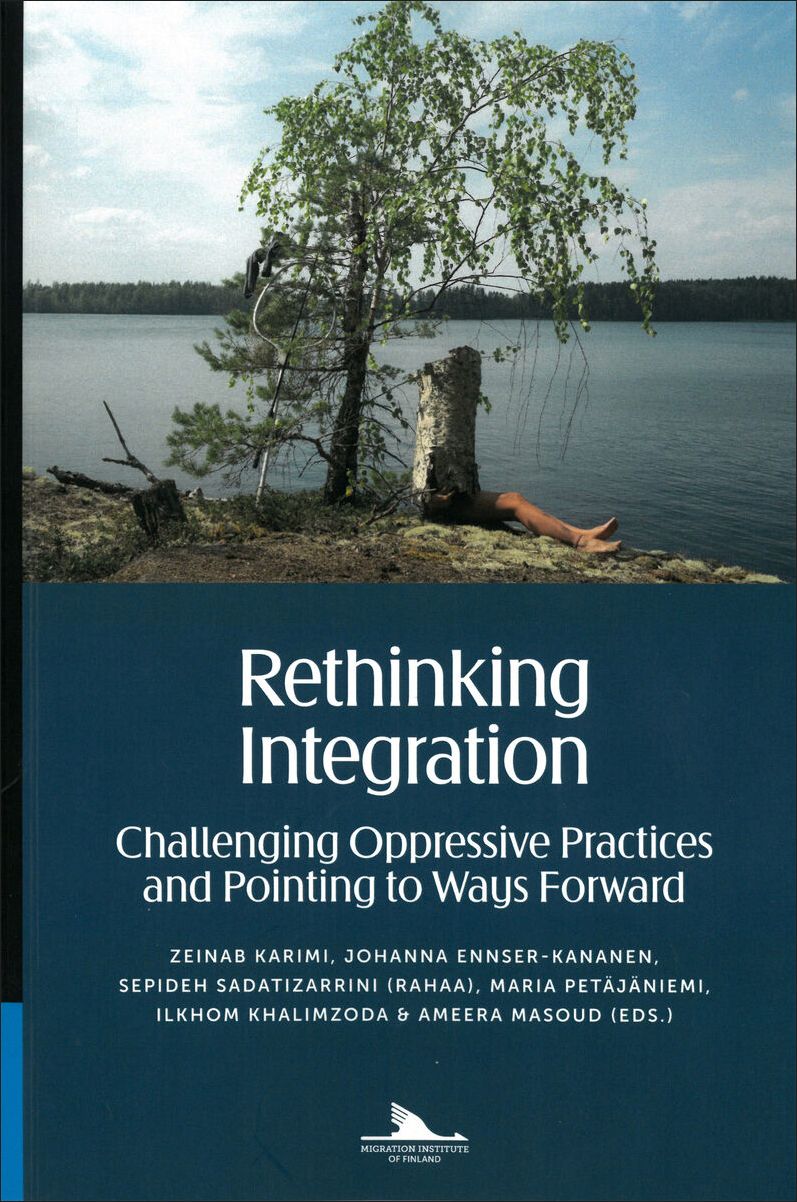
The Politics of Togetherness: Beyond the integration infrastructure of State and institutional apparatus
In Z. Karimi, et. al. (Eds.), Rethinking Integration. Volume 9, Migration Institute of Finland

Politics of Togetherness explores migration-oriented mobility in its multiple modalities of capacity, privilege, right, and need. It hypothesizes that contemporary mobility is inseparable from passports, legal permits, papers, and the inherently normalized bias within the infrastructures they create, to highlight the inseparability of mobility from the politics of sanctions, regulatory policies, and policing, inseparable from its economies–literally of currencies and value–extending into issues of what affordances such value provides. By articulating how issues of mobility and integration are inextricably linked to bordered thinking, nation-building, and nationalism, it outlines nation-building strategies as inherently segregationist and instrumental in transforming the governance of human mobility into policing, security management, and the mitigation of risk. By problematizing ‘integration infrastructure’ as a political desire for financial stability, cultural homogeneity, and the enforcement of borders through the lens of historical struggles as well as the distribution of power and privilege, it investigates how state-led art and cultural institutions support and work to maintain propaganda generation that normalize ‘otherness’. Through four case studies in Finland and EU, the paper posits that the governance of human mobility may be one of the most important political problems to confront us in the 21st century and highlights the role and culpability of the art and cultural institutions that exacerbate it.
The paper is published in Rethinking Integration: Challenging Oppressive Practices and Pointing to Ways Forward, edited by ZEINAB KARIMI, JOHANNA ENNSER-KANANEN, SEPIDEH SADATIZARRINI (RAHAA), MARIA PETÄJÄNIEMI, ILKHOM KHALIMZODA & AMEERA MASOUD.
Purchase the book by visiting the Migration Institute of Finland’s webshop here
Download a pdf of the Journal article here